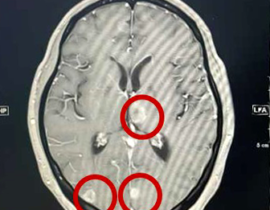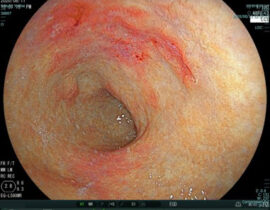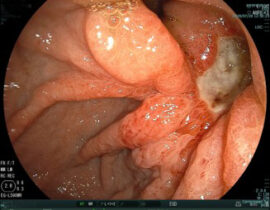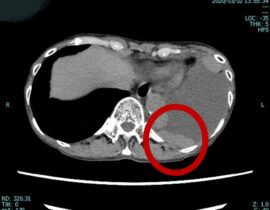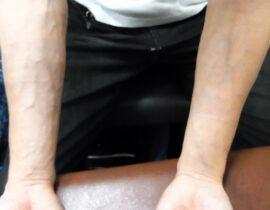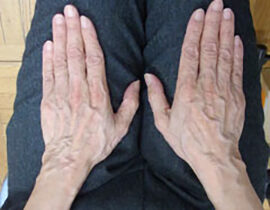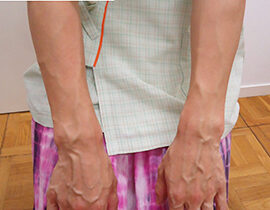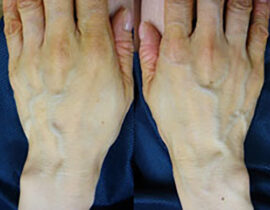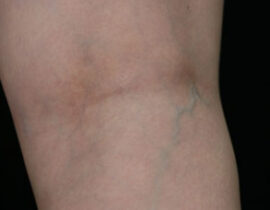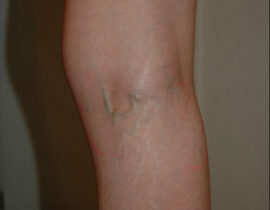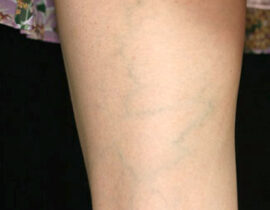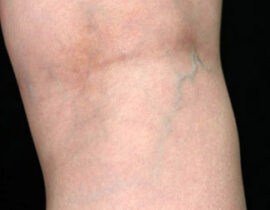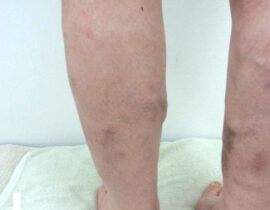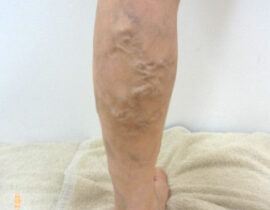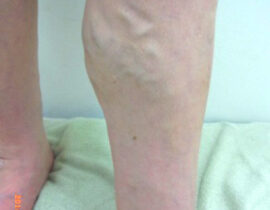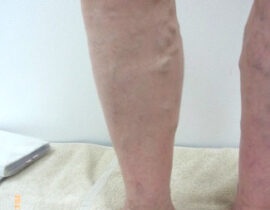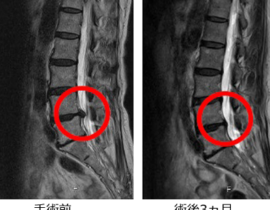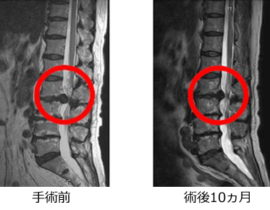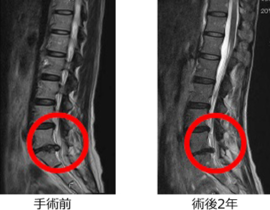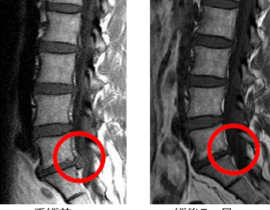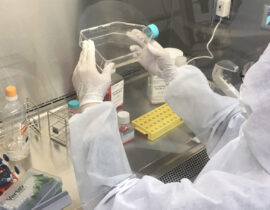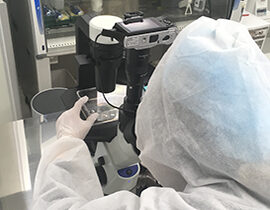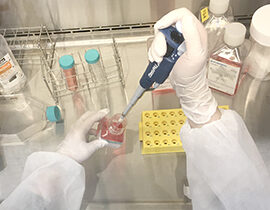Progress of Varicose Vein Foreign Imported Radical Treatmentdoctor-blog
The evolution of medical treatment is achieved through the invention of new medical technologies and subsequent incremental improvements made throughout numerous iterations of its application. It is said that although Japanese people are considered to be poor at inventing new medical technologies, we are gifted when it comes to applying and improving them. Indeed, oftentimes, the West will create a new medical idea, and then we will adopt and further develop such ideas. However, Japanese people also often devise unique, innovative medical treatment. The famous IPS cell is one such example, and the idea for a new gastrointestinal endoscope technology has not been overlooked by the West’s scientific audience.
On the other hand, the concept of day surgery entered Japan back in 2000. Unfortunately, the development of day surgery as a new medical field did not progress rapidly because of the management structure in hospitals. However, because I believed that some of the treatment techniques of surgeons in Japan are even better than those in US, I believed that it should be possible for Japanese surgeons to perform day surgeries comparable to those performed in Western. It became one of my goals to set day surgery as our primary medical service when opening our clinic in 2000.
Varicose Vein treatment, back in the year of 2000, was not offered as a day surgery. Day surgery is stated as “leaving the hospital within 24 hours after surgery” – so if a patient is treated at the hospital at 9am, as long as they leave the next day before 9am, it can be considered a day hospitalization. Even though this definition doesn’t make sense, it holds.
Performing varicose vein treatment has never been difficult. Medical interns tasked to perform surgery for the first time are often assigned a varicose vein procedure. However, there are wide differences from case to case, and some can be extremely complicated, so it still holds true that the surgeon’s experience greatly determines the procedure’s outcome. Moreover, although many people suffer from Varicose Vein, because it is not a disorder that endangers one’s life, medical institutions have invested little research time on it.
By chance, I was able to devote myself to my studies at a medical institution that specialized in the treatment of both cancer and varicose vein. Therefore, I was blessed with many experiences related to varicose vein treatment. When I started our clinic, varicose vein treatment required post-treatment hospitalization that lasted for about a week, so our primary goal was to establish a simple day surgery with expedited recovery times while still maintaining the safety, security, and consistently positive outcomes of traditional stripping treatment.
Soon after, laser treatment of varicose vein began to sprout internationally. However, at its inception, laser treatment was considered inferior to traditional stripping treatment because scarring was noticeable while offering little to no improvement in the areas of patient pain and bleeding. However, after that, as laser technologies improved, so did respective outcomes, and the treatment’s superior effectiveness began to be noticed. When such laser machines started to appear in Japan in 2005, we were the first to adopt, and subsequently became the earliest to develop expertise in the radical treatment of varicose vein by laser. At the International Vein Society in Kyoto in 2007, I presented the comparison of therapeutic outcomes between traditional stripping treatment and radical day treatment via advancing laser technology. I also noted that there is some possibility that the stripping treatment is not inferior to the laser treatment.
During the time, laser treatment was only performed on minor cases of varicose vein. At Japanese Vein Society in 2008, we suggested that radical treatment for severe cases (those with skin lesions) is possible if the appropriate laser machine is administered. We also suggested that such a procedure would have a lower recurring rate than traditional stripping treatment. In 2010, at Japanese Vein Society, we presented a comparison of therapeutic outcome between wavelength 2000nm lasers (noted to have the highest rate of water absorption) and other models. The therapeutic outcome was measured by post-treatment complication frequency and patient satisfaction surveys.
The 2000nm laser was shown to be the best-performing model.
Having practiced imported radical treatment for varicose vein, I was able to use my experience to discern the potential to replace the tradition stripping treatment by using high quality laser technologies. After conducting, verifying, and publicizing its therapeutic outcome, I take pride in my contributions to the dissemination of varicose vein endvenous laser treatment that is now widespread. These days, many doctors have experience in laser treatment and often present their experiences and findings at vein society or publish them through papers and textbooks. In 2012, at the Japanese Vein Society, having a distinguished position as both a developer and evangelizer of imported radical treatment for varicose vein, I presented the compilation “Progress of Imported Radical Treatment for Varicose Vein”.

